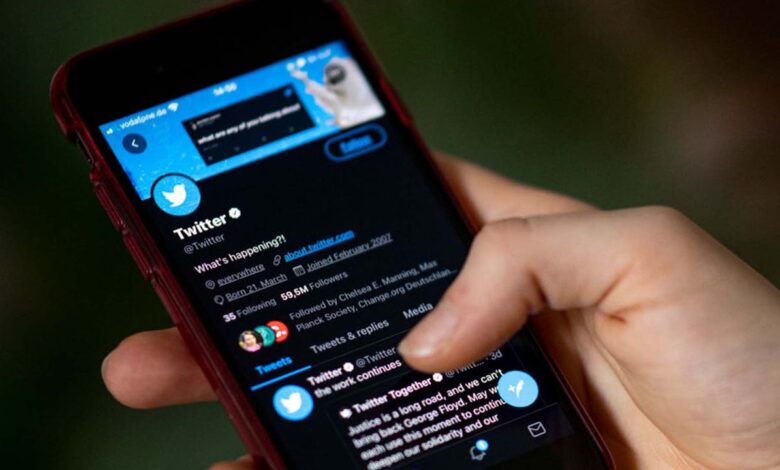
Twitter has introduced a new tool that allows users to control who can engage with them, effectively allowing them to soft ban’ their followers. Twitter has finally made the ability to remove followers without blocking them available to all users after one month of testing. Twitter has released a new feature that gives its users more control over collaborating with them, allowing users to ‘mushy block’ their followers. The part stops a specific user from seeing any future postings from a particular person.
The functionality is presently now available to everyone who uses Twitter on the web; there is no news on when it will be available in the app. The feature is now technically available to like anybody who uses Twitter on the web — that is, no word yet on when it will be available on the apps. To remove a follower from Twitter, all you need to do is: go to your profile and select ‘Followers.’ Then go to your profile and then click ‘Followers’ to delete a follower. Then pick ‘Remove this follower’ from the three dots over there next to their name.

This action would ideally then remove the user from your followers without enlightening them. However, according to Twitter and per the sources, the account can still follow you in the future. This action will also remove the user from your followers’ list without informing them – that albeit, as according to Twitter, the account will then be able to observe you again sooner or later so well. That specific account will no longer be able to view your tweets in their timeline after being removed by you, but they will still be able to send direct messages as well.
The Twitter safety team has also announced on Monday that it was ‘rolling out to everyone on the web today.’ It’s so unclear when the functionality will be ideally available on Twitter’s mobile app or if it will be available on both Android and iOS as well.
According to a Bloomberg article from last month, Twitter is also working on a couple of other ideas, which the firm refers to as “social privacy” updates. In September, the business began testing the option with a small group of web users. Consider the following scenario:

Archived tweets:
The firm is ideally considering hiding posts after 30, 60, and 90 days and hiding tweets for a year. This product is still in the concept stage and so also does not have a release date.
Hiding tweets you’ve liked:
There will be no more people who can see what you enjoy. Users will also be able to control who can ideally see which tweets they like shortly, while there is no timetable for testing this function.
Leaving Twitter conversations:
In this part, Users will be able to opt out of a public chat. Before the end of 2021, these tests will begin so well.
Why do we need the means to unfollow people?
The ability to dismiss followers is part of a more significant attempt by Twitter to empower users to better customize their own experience on the social media network, not just to squelch trolls. However, to assist consumers in better curating their social media experiences./cdn.vox-cdn.com/uploads/chorus_asset/file/22329448/Screen_Shot_2021_02_25_at_5.29.35_PM.png)
A new Safety Mode feature began flowing out to testers last month. It is an algorithm that automatically disables accounts that transmit abuse or repetitive references to other users for seven days.
The new feature is the latest in a series of steps taken by the social media business to improve user privacy. While users may want to block aggressive accounts directly, the ability to delete followers or soft block’ them may be better to create a safe zone for yourself online. It helps prevent the confrontation that a hard block can cause by limiting who can see your tweets in their feed.
Given the recent allegation in The Wall Street Journal that Facebook is aware of Instagram’s harmful influence on teen mental health, there should be a strong focus on how social media platforms can better benefit, rather than hurt, their users. Twitter is also testing the ability for users to remove themselves from a chat.
The option to remove followers is a minor and long-overdue improvement, but it is nonetheless a step in the right way.
Article Proofread and Edited by Shreedatri Banerjee




